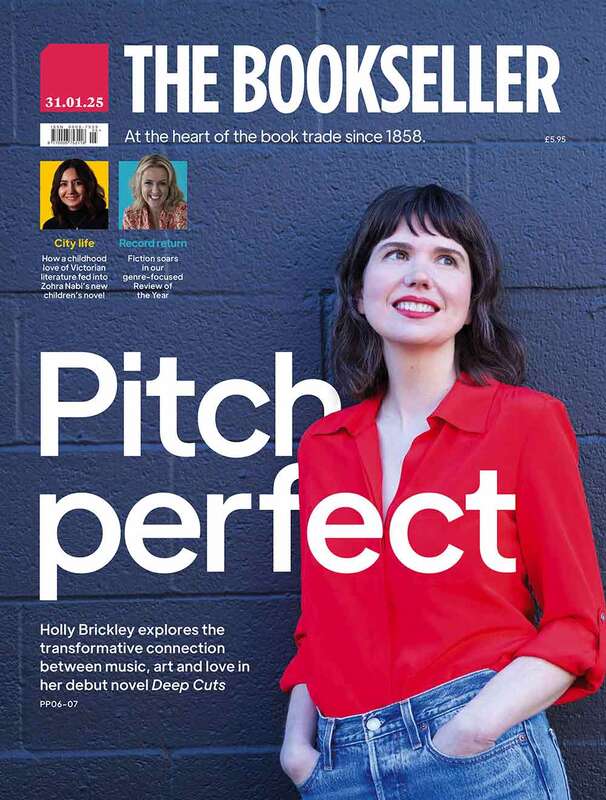You are viewing your 1 free article this month. Login to read more articles.
Consult the kids
Malorie Blackman’s exhibition at the British Library took a novel approach to nurturing the next generation of writers and readers.
When I was a child, I used to wait until everyone was asleep before sneaking out of bed to read books all night. I would creep to my windowsill and rely on the light from street lamps to read about James Bond’s various adventures, turning the pages as quietly as possible otherwise my mum would burst into the room to send me back to bed because I had school in the morning.
Creating this space was an essential part of the way I engaged with books. My perch by the window took me to majestic places all around the globe, from the hectic Times Square in New York to the bone-white beaches of the Bahamas. When we talk about books, we often describe their power to transport you to new, exciting destinations. But the actual places we read, and the specific ways we engage books, are just as important, too.
Whether it’s hiding under your bed or climbing into a cupboard with a torch, young people tend to engage with stories differently to adults. I think we can learn a lot from them. So, while we were designing the "Malorie Blackman: The Power of Stories" exhibition at the British Library, it made sense to think about what this could mean in greater detail. Blackman is such a phenomenally influential writer for young people, and we knew we wanted to hold onto this sense of creativity – so this meant working with young people directly.
Exhibitions aren’t usually co-designed with young people. Typically, when curators are working with institutions to showcase historic and contemporary objects, they will think a lot about the context, legacy and timing of what they are showing. They will put a lot of work into making the content accessible, and reaching out to people through events and talks. Yet, all this comes after the exhibition itself is planned and delivered, missing out on so much in the process. This needs to change, especially if we want to reach young people meaningfully through exhibitions about authors, books and literature as a whole.
By bringing young voices to the forefront of design discussions, we can create spaces that are inviting for a wider age range
But how does this process work? This exhibition is the first time the British Library has involved young people in designing the display. To do this, we had discussions with young people from Regent High School about how they interact with written media, their relationship with stories and the spaces they read books in. Just like my own early, bookish rebellion, many of the students drew on treasured memories and moments where they stayed up later than they should have. Others talked about creating an intimate and private environment to escape the real world, like retreating into your own private cave. Everyone had a personal relationship with books and stories which were as emotionally powerful as they were idiosyncratic, funny and playful. I can’t imagine tackling this project without their insights.
I strongly believe we need more of this type of process and thinking in the way we curate and showcase culture. Speak to any writer, artist or designer, they all care deeply about the physicality and idiosyncrasies of how people come into contact with their work, which has a transformative impact on the audience experience. Take the Introverts Cave, for example. In this area of the exhibition, people have the opportunity to sit and quietly read one of the books. It is developed directly from the sketches of the young people and the conversations we had with them, creating a place children can escape to and get lost in another world. However, there isn’t the fear that their parents will burst in and tell them to go to sleep at any point!
Every young person should have the opportunity to access and enjoy cultural spaces – and they should also be empowered to contribute to them. By bringing young voices to the forefront of design discussions, we can create spaces that are inviting for a wider age range. By truly listening to them, we can develop places they want to dwell in, spend time and grow within. This kind of access is enriching, improves creativity and cultivates a passion for culture which will continue through their whole lives. At a time when young people increasingly feel under pressure about school, social media, careers and everything else we throw at them, it is all the more important that they are given a platform and positive opportunities. Want to nurture the next generation of writers and readers? Let’s start taking them seriously when we design exhibitions to celebrate our literary greats.





















